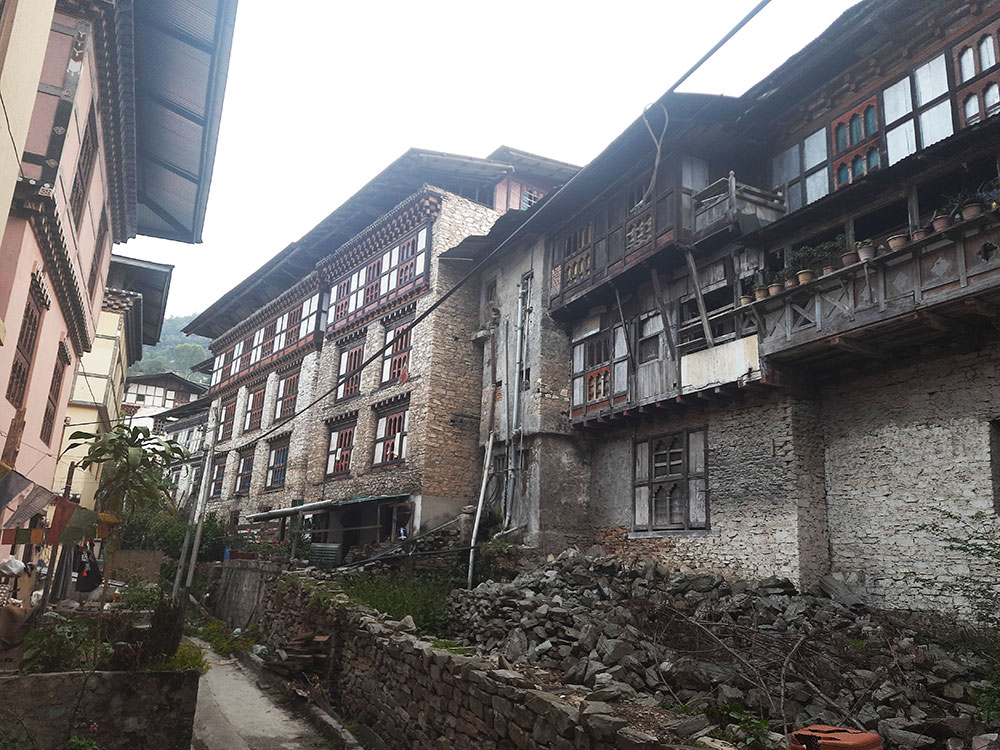Tshering Namgyal | Mongar
Two owners of a traditional house in Mongar town could not transfer the joint ownership to their children.
This is because the dzongkhag engineering and human settlement (DEHS) sector did not issue occupancy certificate, a mandatory document for the land record section for property transaction.
The DEHS did not issue the occupancy certificate stating the building was ‘not fit’ for occupation.
However, the owners, who are cousins, claim that not issuing occupancy certificate when needed without prior notice of the building’s condition was unfair.
“My building is stable. There are tenants residing in it,” an owner, Pema Dorji said. “I don’t understand on what basis the DEHS sector assumed it is not fit for occupancy.”
He claimed he even requested a time bound occupancy certificate for transaction purpose only. “I have put in place safety measures like fire extinguishers. Rewiring is done and the walls are intact.”
Pema Dorji said if the transaction could be done at the earliest, the owners could discuss reconstruction.
But it was learnt they are not the only ones who did not avail occupancy certificate.
The dzongkhag administration has not issued occupancy certificate to most of the traditional building owners in the old town line but did not even notify the owners about it.
There are 11 traditional buildings in the old Mongar town amid the modern buildings. The buildings were constructed about four decades ago.
Some of the buildings are four storeys while most of them are three storeys.
While most building owners claimed the structures are maintained with re-electrification and inadequate number of fire extinguishers, most of the cylinders were empty.
With cracks on the walls and floors, some structures look vulnerable to disaster.
The roofs of the clustered structures also overlap making it risky for fire hazard.
The August 2016 fire razed three traditional houses, attics of two other buildings. A traditional house had to be dismantled to create a firebreak.
Building Inspectors (BI) with the DEHS sector, Wangchuk Rabten, said most of the traditional buildings in the town look unfit and the occupancy certificate was restricted.
He said there is no basis to draw judgment as they were constructed long time back with no proper drawings. “But dzongkhag cannot take risk either.”
He said they are planning to discuss internally to implement the rule uniformly.
According to Wangchuk Rabten, building owners were notified to install safety measures like fire extinguishers and proper electrification. “We are yet to follow it up.”
He claimed the dzongkhag has also issued notifications two to three times to two building owners outside the core town to demolish the unsafe structures.
Officials said issuance of occupancy certificates including concrete buildings and dismantling of unfit structures in the town was yet to be implemented.
However, unlike in some towns there is no restriction for the plot owners to dismantle their traditional structures for a concrete building.
Officials said the dzongkhag would allow new constructions.
While most of the building owners claimed their structures are stable, some are also planning to construct new building. “I am planning to construct a new one if the Covid-19 situation improves,” a traditional house owner said.
Edited by Tashi Dema


